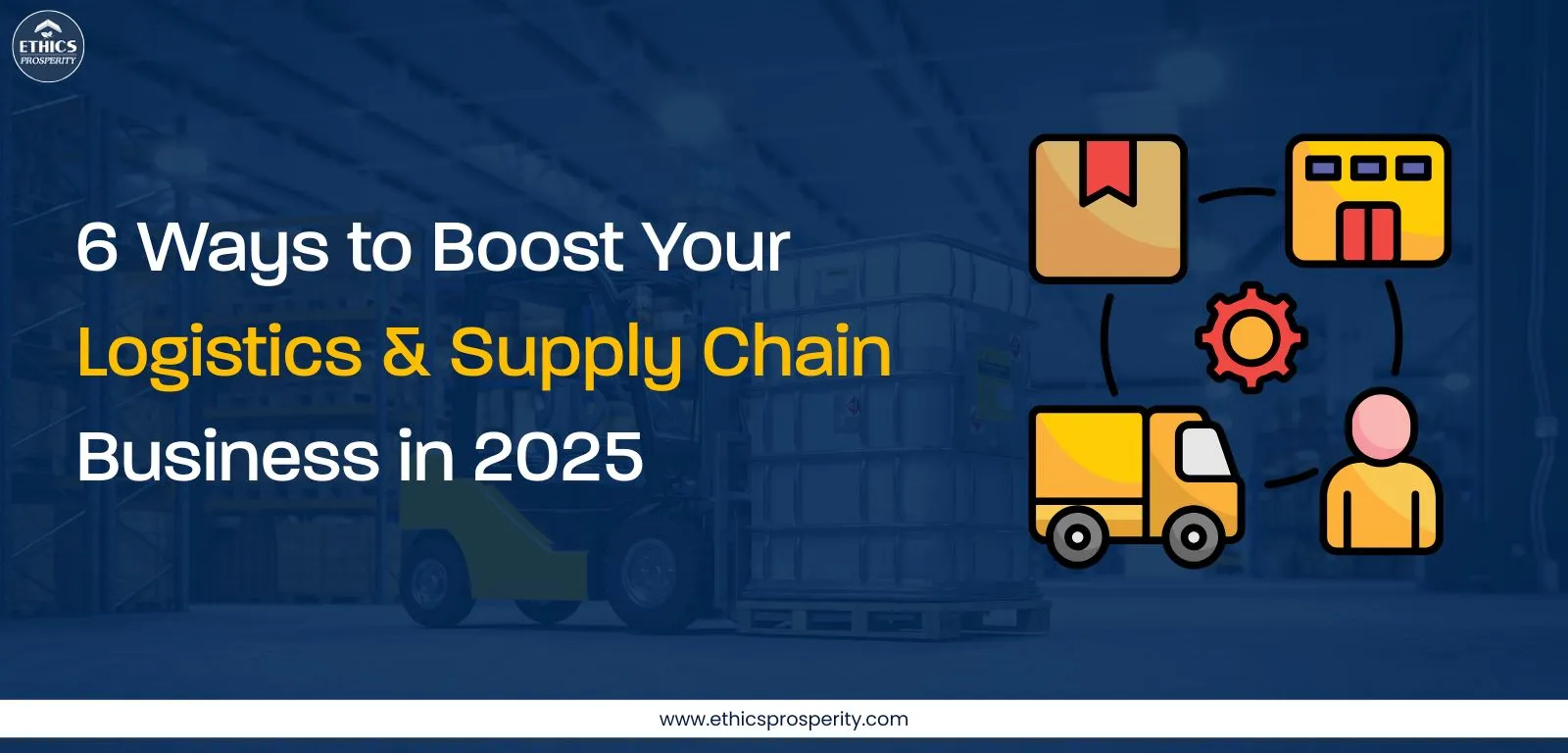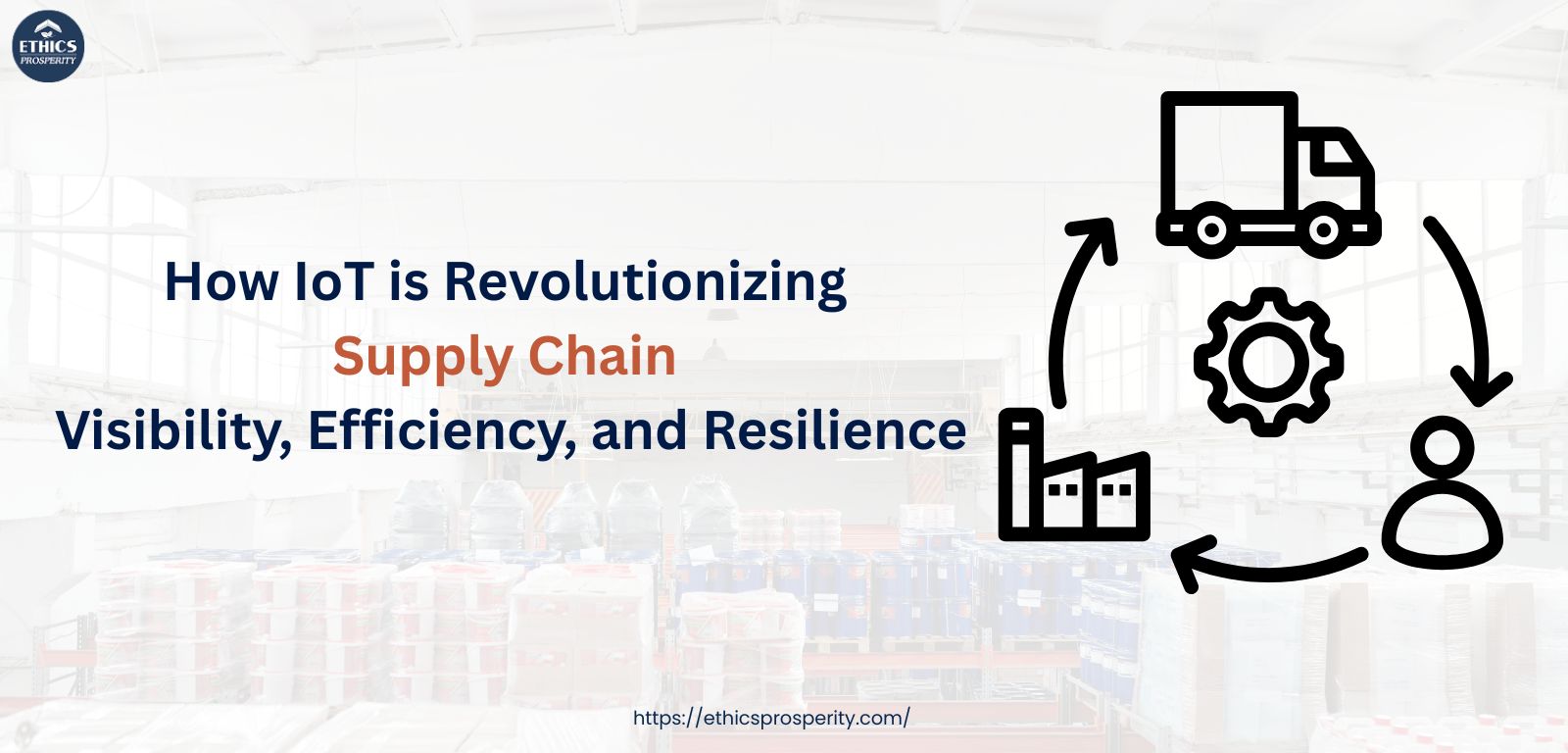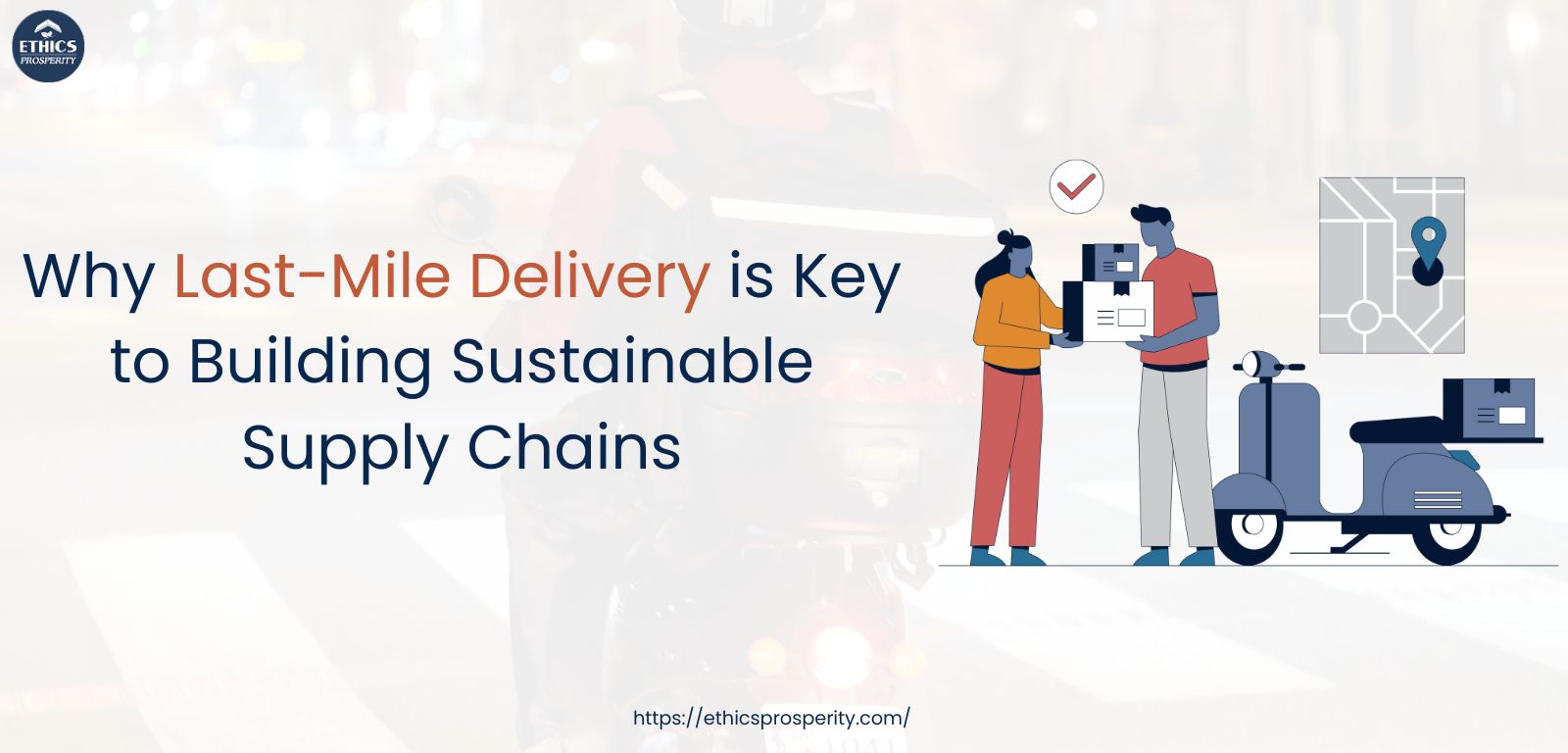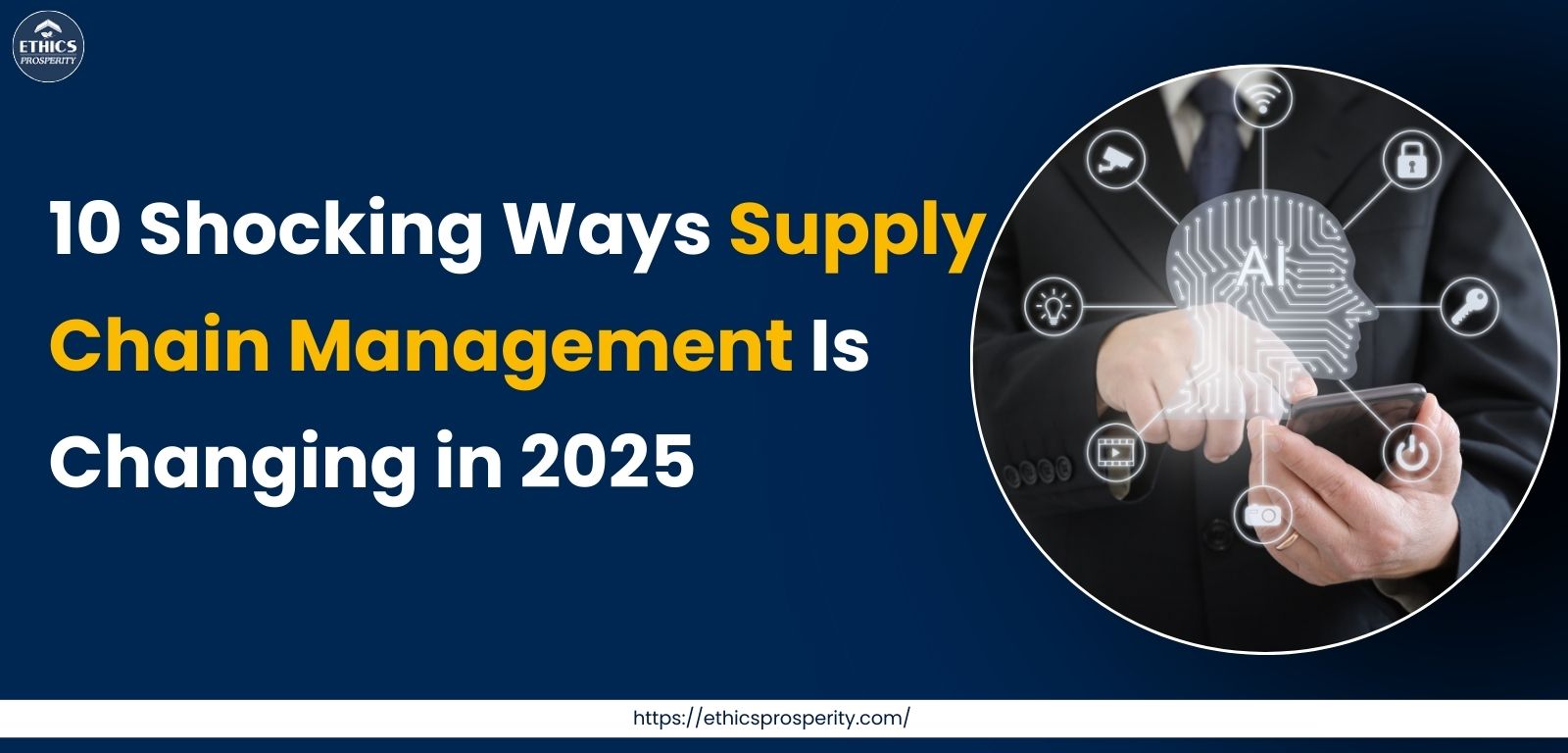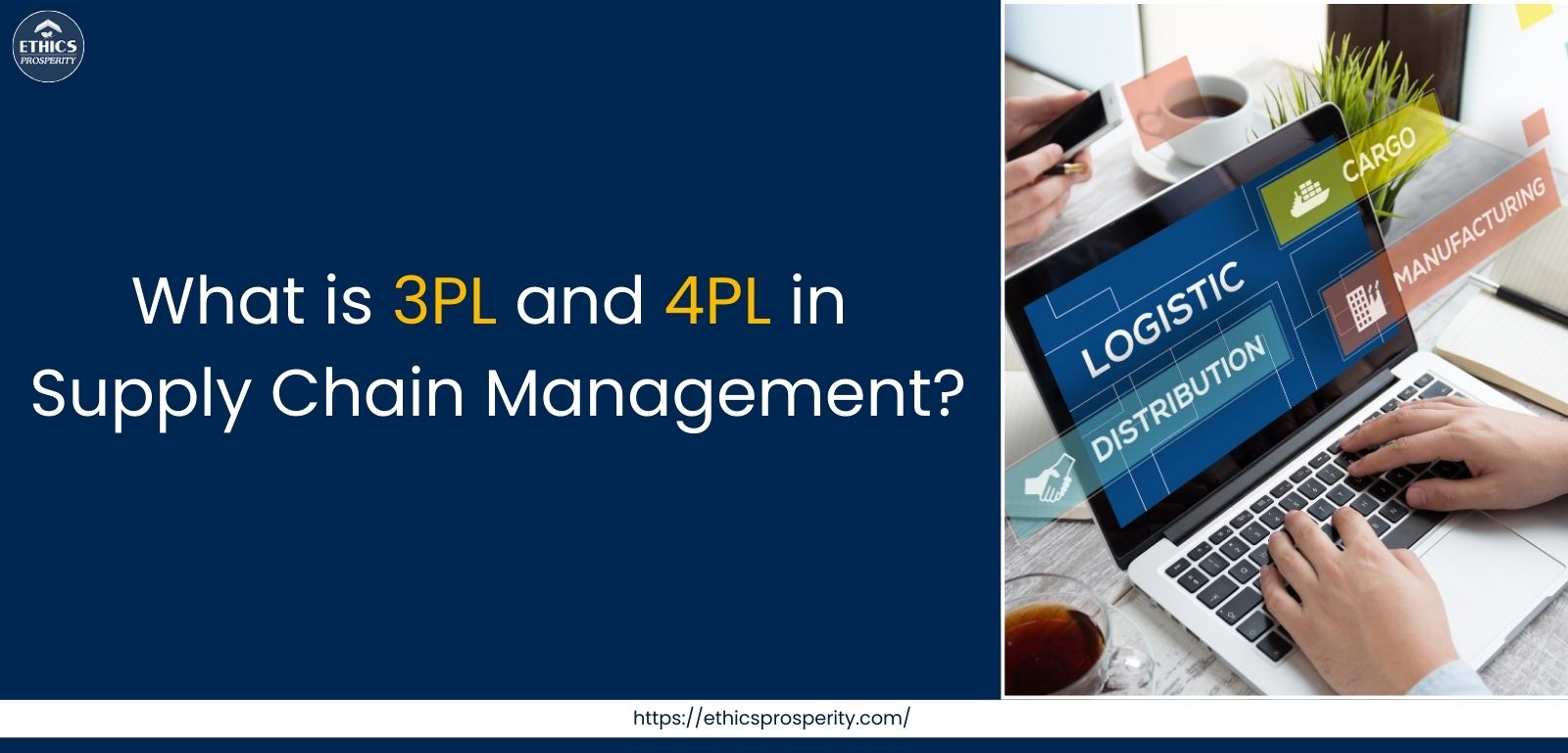The logistics and supply chain industry is at the heart of global trade — and in 2025, it’s evolving faster than ever. Driven by digitalization, e-commerce expansion, and changing consumer expectations, logistics companies can no longer depend on traditional models.
With India’s logistics sector expected to reach USD 380 billion by 2028 (CAGR 9.4%), businesses must adopt smart warehousing, AI in supply chain management, and technology-driven operations to stay competitive.
As someone who has spent more than four decades in the logistics field, I’ve seen one thing remain constant — companies that embrace innovation, visibility, and collaboration always outperform the rest.
Below are six proven strategies to enhance logistics efficiency, reduce costs, and drive sustainable growth in 2025 and beyond.
6 Ways to Boost Your Logistics & Supply Chain Business:
-
Leverage Technology and Automation
-
Optimize Supply Chain Visibility
-
Focus on Customer-Centric Services
-
Improve Fleet and Inventory Management
-
Build Sustainable and Resilient Practices
-
Strengthen Partnerships and Collaboration
1. Leverage Technology and Automation
Transforming Logistics Through Digitization
In today’s logistics & supply chain environment, automation is not an option — it’s a necessity. Advanced technologies like AI, IoT, blockchain, and robotics are redefining how companies move goods, manage inventory, and track deliveries.
Examples of Technology Use:
-
AI in Supply Chain Management: Predictive algorithms forecast demand patterns, optimize routes, and reduce idle fleet time.
-
Blockchain in Smart Warehousing: Enhances transparency and trust in multi-stakeholder supply chains by tracking goods at every stage.
-
Warehouse Management Systems (WMS): Improve picking accuracy, reduce manual dependency, and increase warehouse throughput.
-
IoT Sensors: Monitor temperature and vibration levels for sensitive goods in cold chain logistics or custom warehousing setups.
Real-World Example:
Companies like Delhivery and TCI Express have integrated AI-based route optimization and robotic warehouse automation, cutting delivery lead times by 25%.
2. Optimize Supply Chain Visibility
Building Transparency Across the Network
Visibility is the backbone of supply chain efficiency. Without it, even the most advanced systems fail to perform optimally.
End-to-End Supply Chain Management (E2E SCM) enables real-time data sharing across suppliers, distributors, and logistics partners — improving coordination, accuracy, and customer satisfaction.
Key Components of Supply Chain Visibility:
-
Digital Twin Technology: Simulates supply chain models for better risk prediction.
-
Blockchain in Supply Chain: Ensures tamper-proof documentation and transparency in global shipments.
-
GPS & IoT Integration: Enables live tracking of inbound and outbound logistics, reducing lost shipments.
-
Cloud-Based Control Towers: Provide centralized dashboards for quick decision-making.
3. Focus on Customer-Centric Services
Customer Experience is the New Competitive Edge
B2B customers now expect speed, reliability, and transparency — much like e-commerce consumers.
A customer-centric supply chain focuses on personalization, proactive communication, and flexible delivery options.
Strategies for Customer-Centric Logistics:
-
Implement real-time order visibility for clients.
-
Use predictive analytics for accurate ETAs.
-
Offer multiple delivery options — standard, express, and same-day.
-
Integrate CRM systems with logistics management tools to sync sales and delivery data.
4. Improve Fleet and Inventory Management
Efficiency Lies in Balance
Fleet and inventory represent two of the largest cost centers in logistics. Poor management can erode profit margins quickly.
Modern Solutions Include:
-
Telematics & GPS: Track driver behavior, route adherence, and fuel efficiency.
-
Automated Inventory Systems: AI-based replenishment avoids overstocking and stockouts.
-
Part Truck Load (PTL) Optimization: Helps fill underutilized capacity, reducing per-shipment costs by 20%.
-
Warehouse Management System (WMS): Centralizes data for accurate order fulfillment and inventory control.
5. Build Sustainable and Resilient Practices
Sustainability is Now a Business Imperative
Sustainability in logistics is no longer about compliance — it’s about competitiveness.
Global supply chain players are investing in green logistics, renewable energy adoption, and carbon emission tracking systems.
Key Sustainability Strategies:
-
Transition fleets to EVs or hybrid vehicles.
-
Use AI-driven route optimization to minimize fuel consumption.
-
Integrate solar-powered cold storage warehouses for energy efficiency.
-
Adopt Reverse Supply Chain processes for product recycling and returns.
6. Strengthen Partnerships and Collaboration
Collaboration Drives Growth
A resilient logistics business thrives on strategic partnerships — with suppliers, technology firms, and logistics providers.
Key Collaboration Avenues:
-
3PL and 4PL Partnerships: Enable scalability and flexibility without major infrastructure investment.
-
Integration with Quick Commerce Companies: Enhances last-mile delivery speed.
-
Collaboration with Customs Bonded Warehouses: Simplifies cross-border compliance for imports and exports.
-
Data Sharing via Blockchain: Builds transparency and trust across stakeholders.
Conclusion
The future of logistics belongs to companies that act, adapt, and automate.
From AI-based forecasting to blockchain-enabled transparency, every innovation contributes to stronger, smarter, and more sustainable logistics operations.
For organizations seeking to grow their logistics company and enhance supply chain efficiency, the path lies in technology adoption, collaboration, and resilience.
As industry veterans, we must evolve from reactive logistics management to data-driven, proactive decision-making, ensuring our businesses are ready for tomorrow’s challenges.
